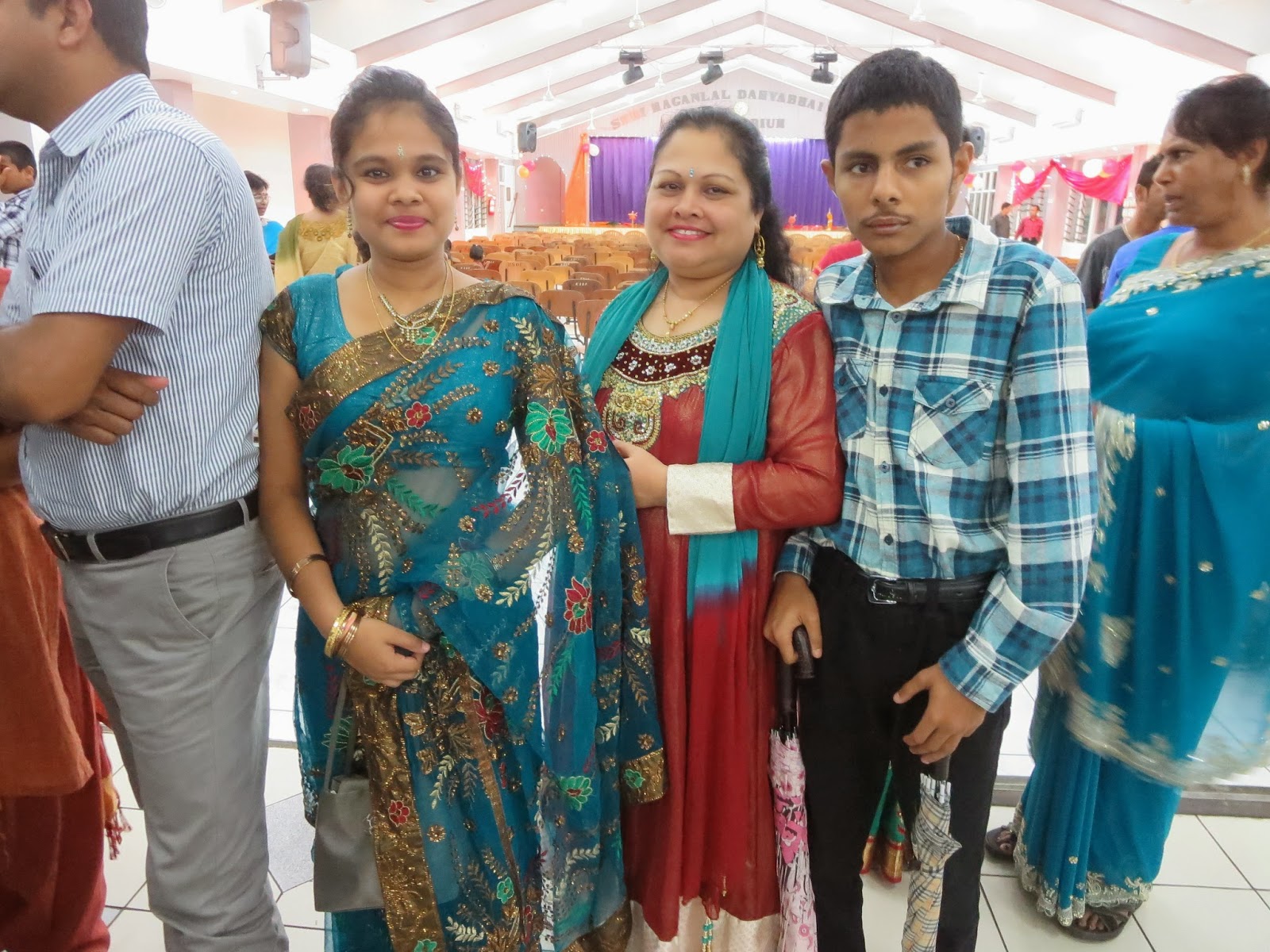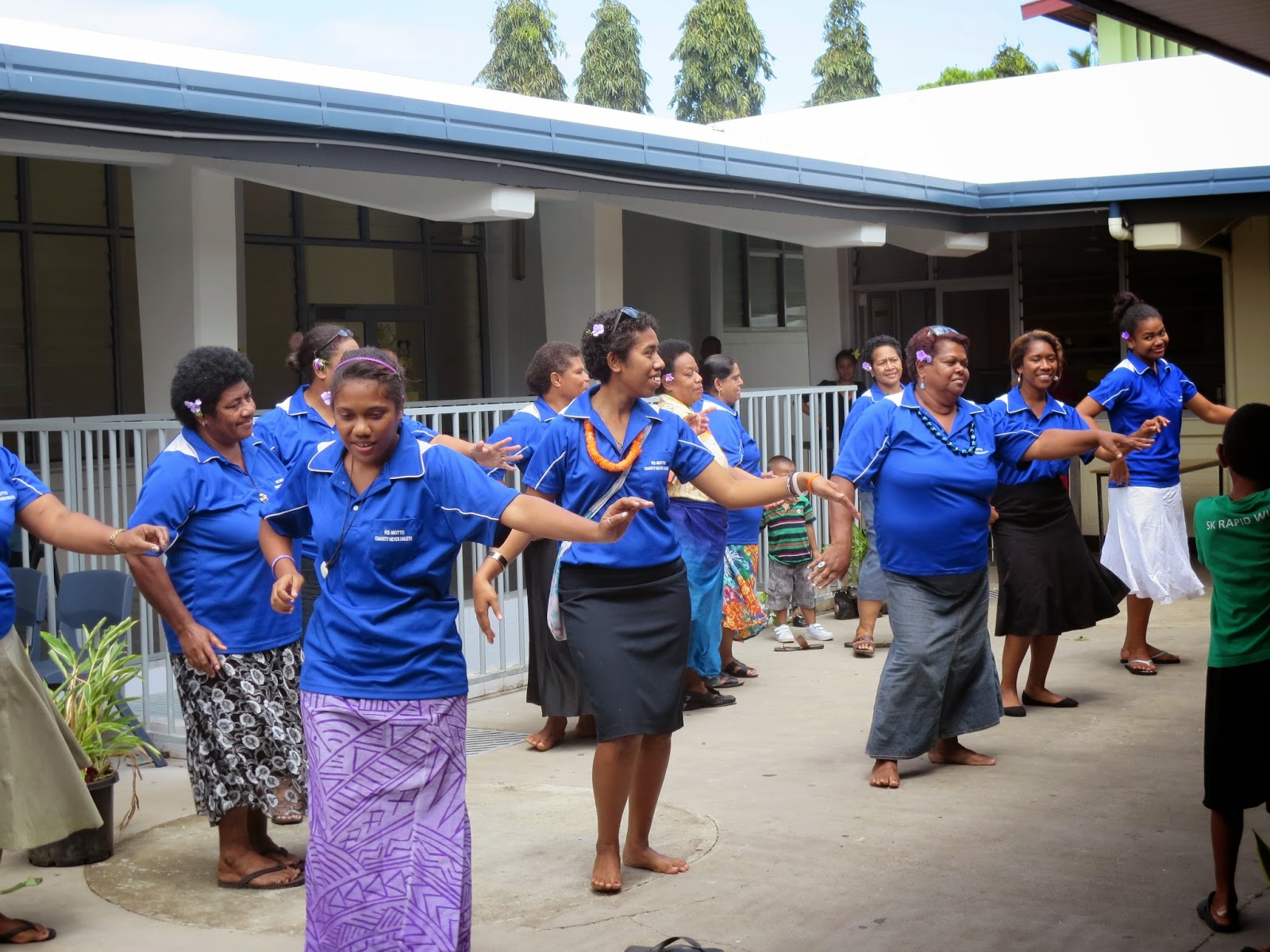This is how the Fiji Suva Temple looks all golden in the evening sun. It greets me daily as I go to the Mission Office which faces the temple across the courtyard. You can see three views of the Pacific Ocean from the hill.
The temple is there as a constant amid the storms of life--leading us back to our Heavenly Father.
Inside we make sacred covenants that help direct our paths here on earth.
Eternal families begin in the temple.
Sister Bechu and Elder Inia both served in the Fiji Suva Mission while I was serving. After they completed their missions, they were encouraged to meet by Elder and Sister McFadden who knew each of them when they served at different times on Taveuni Island. Now they are Ana and Benjamin Inia--beginning their eternal life together on 11 September 2014.
Here they are being photographed in front of the temple
after they were sealed for time and all eternity.
Beautiful gardens provide peaceful places to meditate.
We walked around the temple a few days before it closed
and found it lovely in the early morning light.
Yes, that is a bird perched on Angel Moroni's horn.
Beautiful gardens provide peaceful places to meditate.
We walked around the temple a few days before it closed
and found it lovely in the early morning light.
Yes, that is a bird perched on Angel Moroni's horn.
This is my good friend Milika Kadonavatu and her two sons, Iliesa and Waisaki. Through a series of miracles, she was able to go through the temple for the first time the day before the temple closed. She was so excited! Her sons were very happy for her too. They came with her and stayed in the visitor's room while she made her covenants with the Lord. Her husband is such a good man and really supported her through this process.
Selvik Singh is from Fiji and also served in the Fiji Suva Mission. He pioneered work in the first Hindi speaking area in our mission. His lovely bride is Ragni Kumar, who also is a returned missionary. Their temple marriage was the last ordinance to be performed before the temple closed. Aren't they lovely!
The bride's parents are by the groom
and the groom's parents are by the bride.
Beginning Monday, October 13, 2014, through December 15, 2015, the Suva
Fiji Temple will be closed to accommodate an extensive renovation of the
temple. Following the renovation, there will be an open house for the public and then the temple will be rededicated. The Suva Fiji Temple was the first temple of The Church of Jesus Christ of Latter-day Saints in Melanesia and in Fiji. It was dedicated on 18 June 2000 by President Gordon B. Hinckley. I have loved attending the temple weekly and will really miss that opportunity the last three months of my mission.
































































